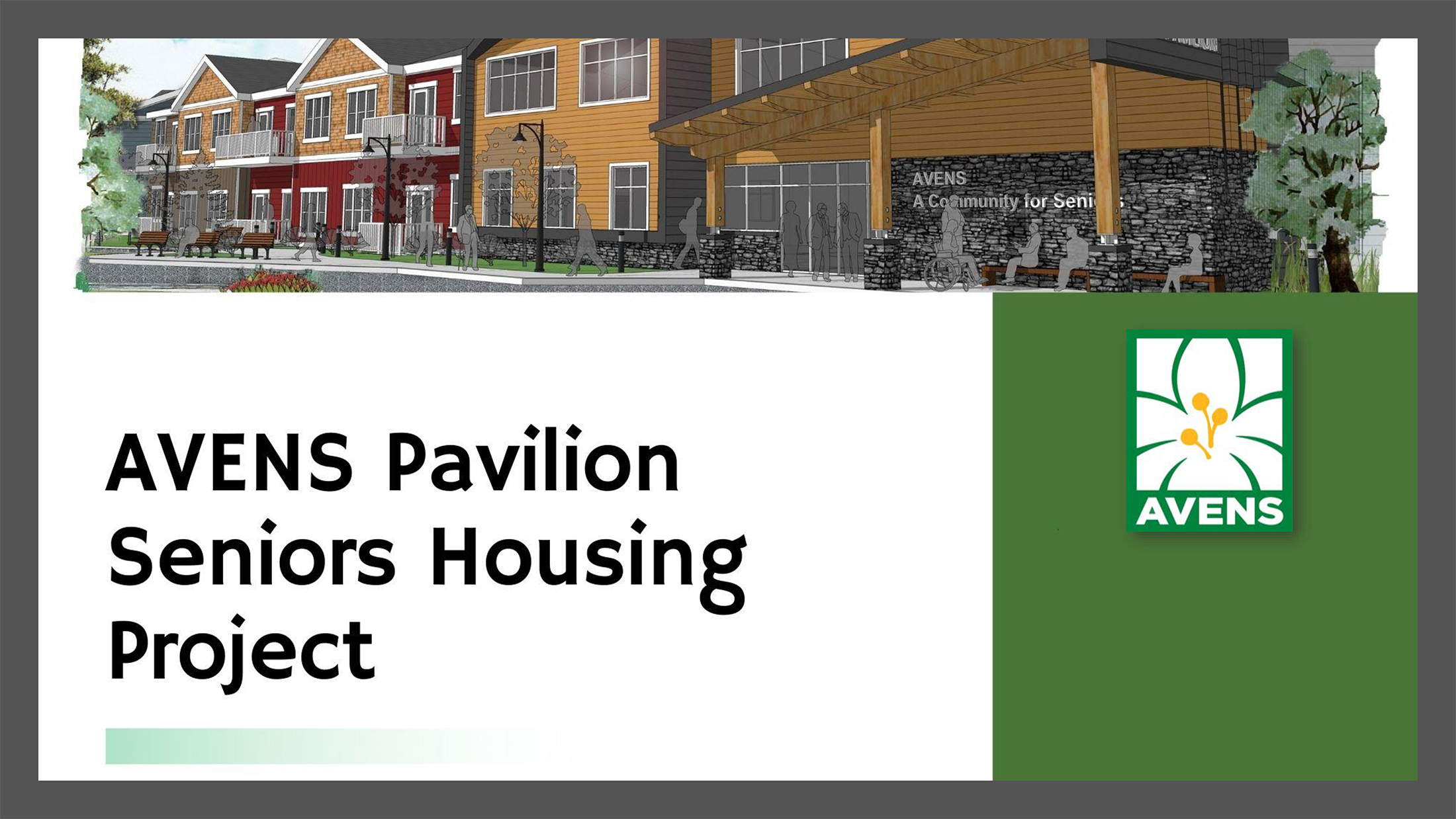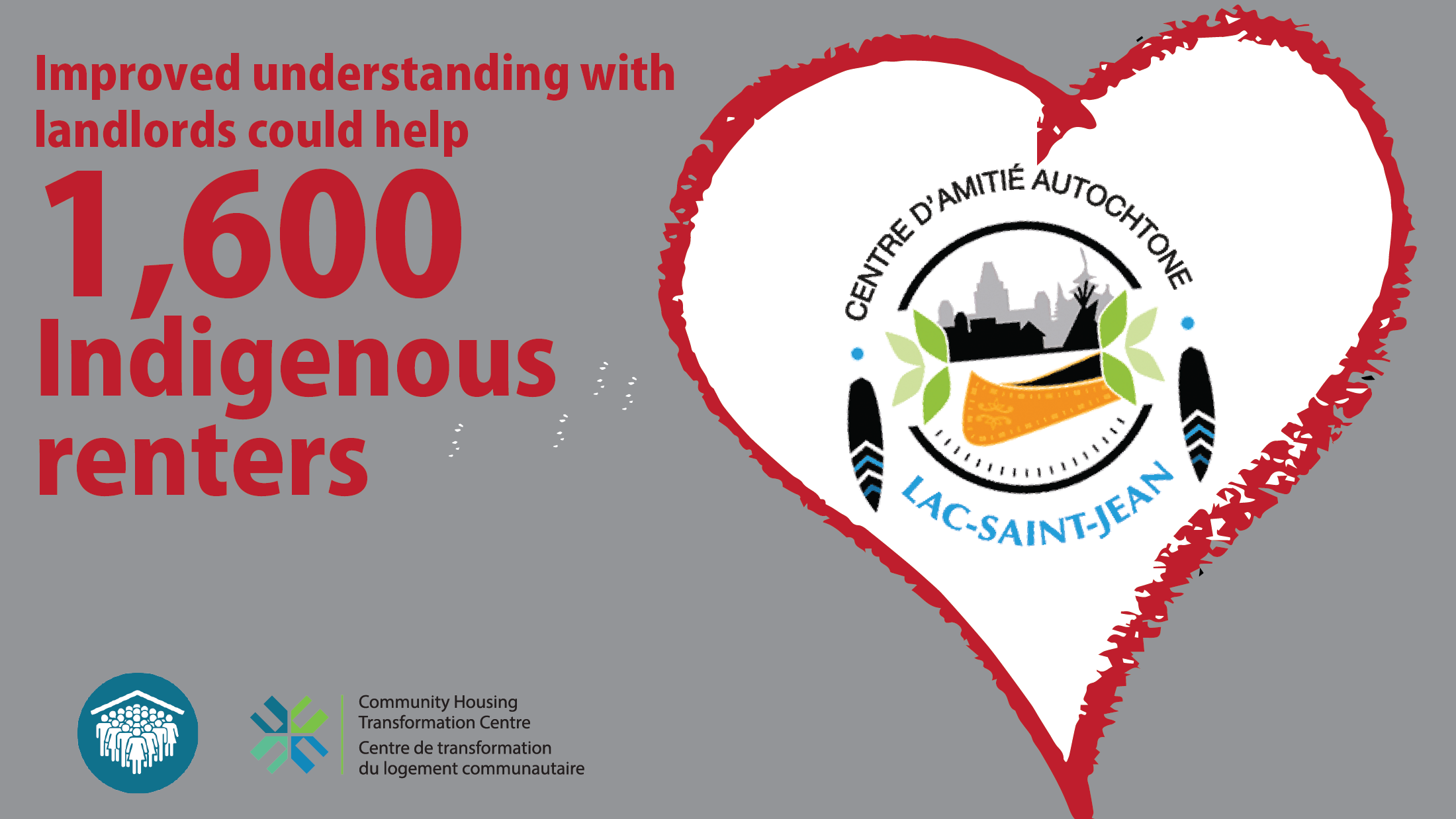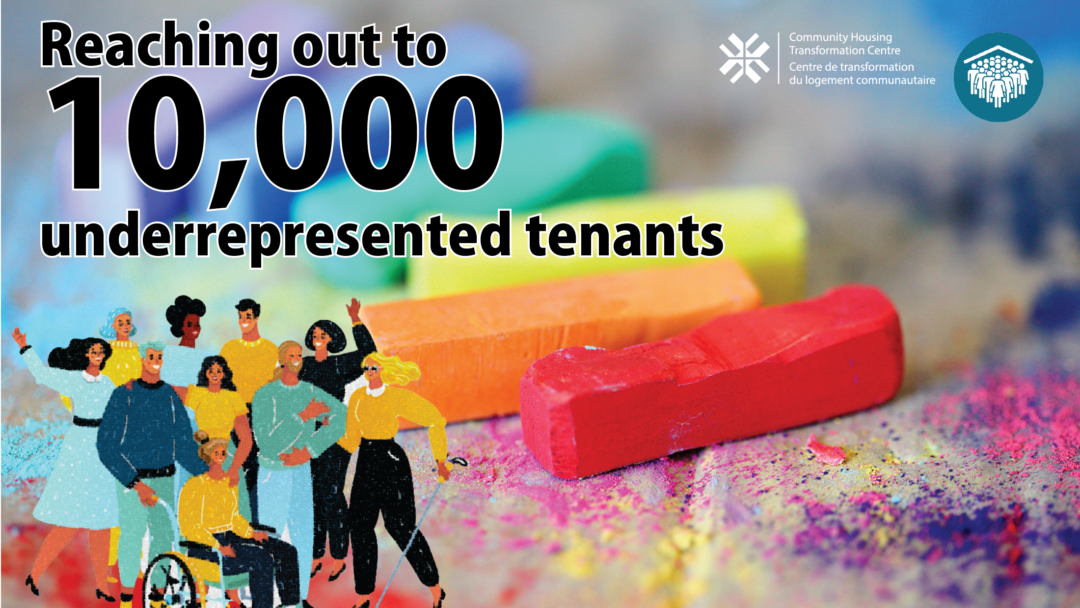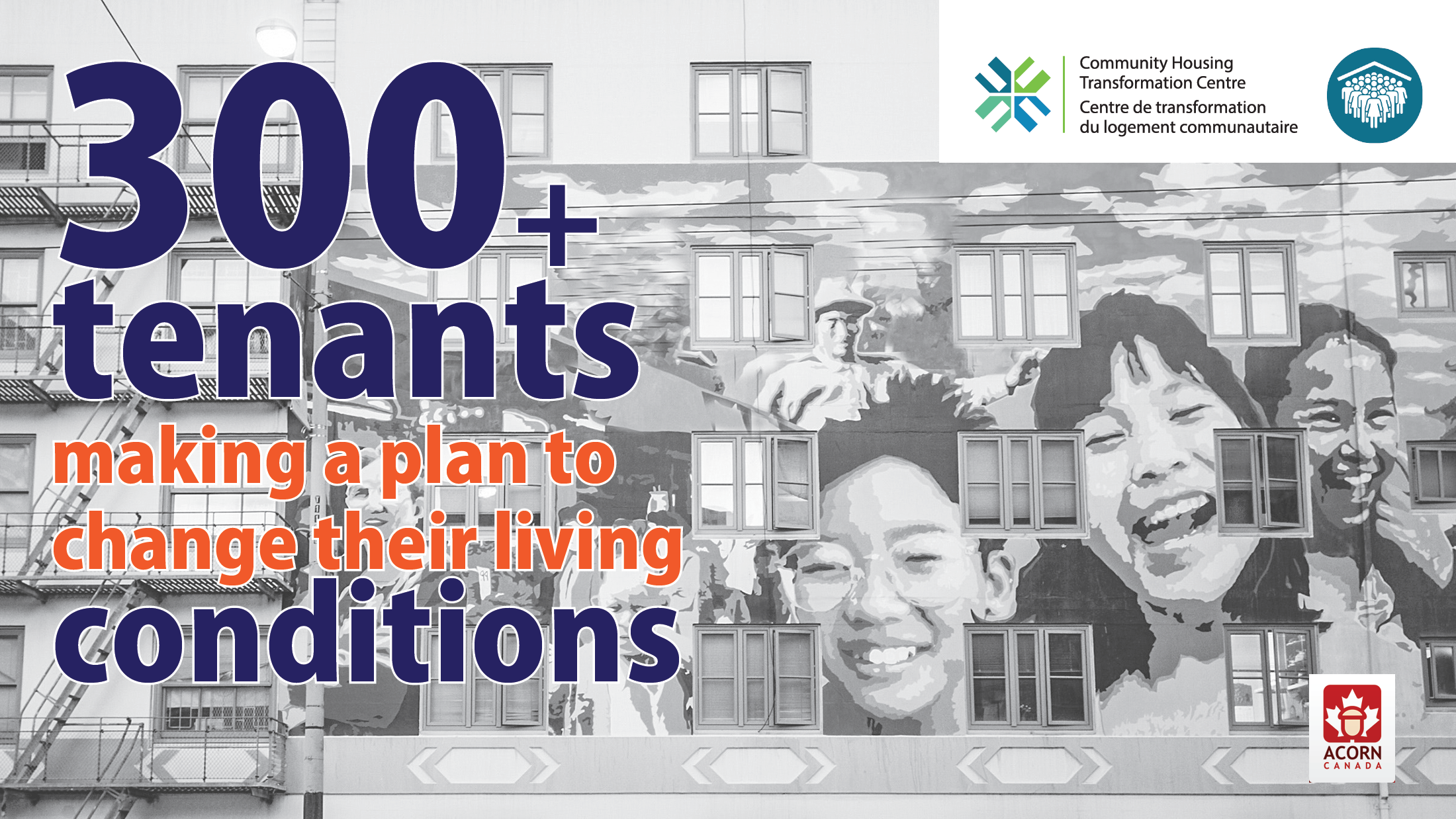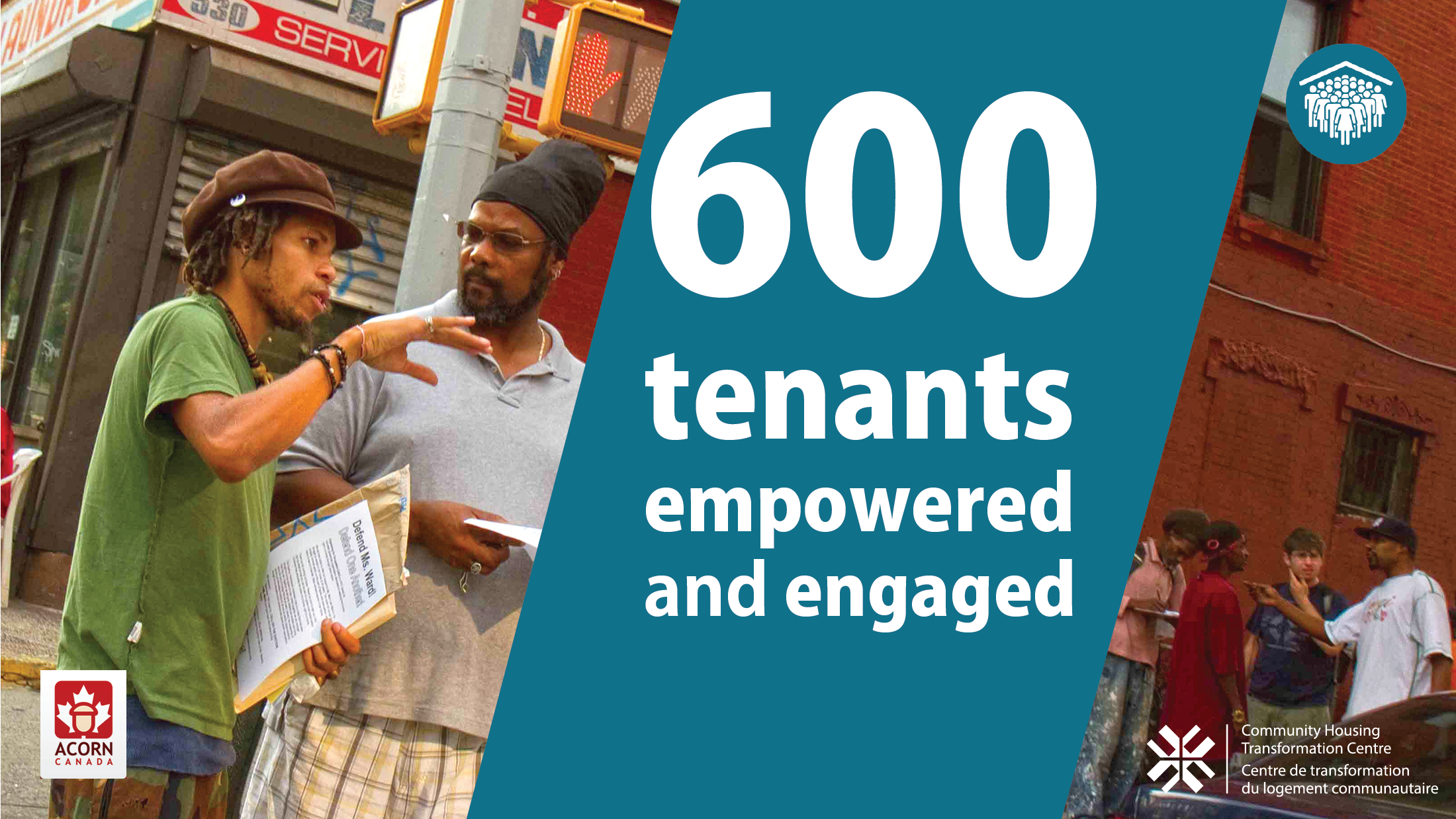Social Inclusion and Community Action
While housing can constitute a primary means of enrichment, it can also lead to social exclusion.
Over the past few decades, mass homelessness has emerged in Canada. More than 235,000 people have spent at least one night a year without shelter during this period. Single-parent families, individuals from racialized communities, female-headed households, individuals with physical and mental disabilities, large families, individuals from 2SLGBTQ+ communities, Indigenous people living in urban settings and on reserve are the groups whose social and economic vulnerabilities result in an over-representation among the precariously housed.
We are convinced that community housing is an incubator of empowerment, promoting the social inclusion of the most vulnerable. In this context, we are doing everything possible to support organizations seeking to pursue and improve social inclusion in housing.
This support can take the form of financial recognition, but also of promoting the benefits associated with this practice. By facilitating the exploration and experimentation of new ways of stimulating tenant participation and by sharing the learnings gleaned from these experiences, the Centre hopes to contribute to the evolution of community-based housing and make it a reference model that positively influences the evolution of our communities.
We are therefore committed to:
- Promoting tenant participation in our organizations and in the community at large
- Providing resources and tools to ensure the implementation of best practices
- Contributing to the improvement of tenant services


Special Projects
- Plancher
- Indigenous Internship Program
- Black Community Housing Resource Centre

Grants
- Local Projects
- Sectoral Projects
- Nunalingni Piruqpaalirut Fund
- Nova Scotia’s Community Housing Growth Fund

Services
- Energy efficiency coaching services
- Self-assessment tools
- Resource inventory
- Special projects
News on social inclusion and community action
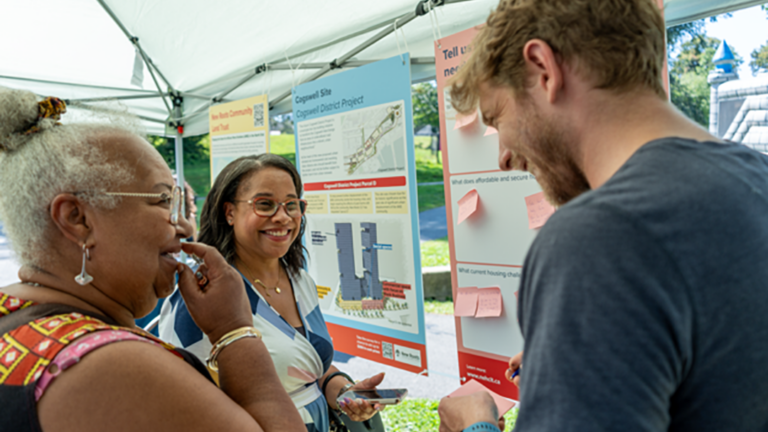
Webinar: Securing land, strengthening communities: the New Roots CLT experience in Halifax
The Resource Inventory of the Community Housing Transformation Centre is offering its first knowledge-sharing webinar. Find out how the community land trust (CLT) model has enabled New Roots Community Land […]

Black communities at the heart of housing renewal
Black communities are at the heart of equitable housing transformation in Canada, driving efforts to create fair and inclusive living spaces. Yet, they continue to face structural challenges, including inaccessibility […]
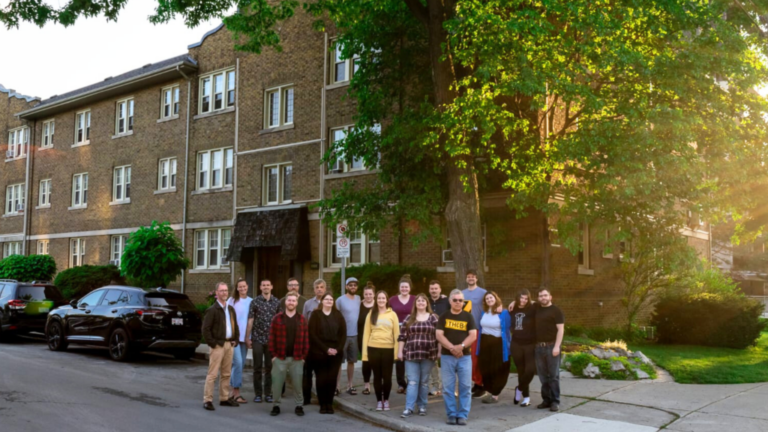
Reclaiming affordability: A blueprint for community-led housing solutions
Like many Canadian cities, Hamilton is grappling with a growing housing affordability crisis, driven by a combination of rising housing costs, stagnant wages, and increasing demand for housing. The city […]

